An Infrared Obstacle Avoidance IR Sensor Module is a combination of Infrared Transmitting and Receiving Tubes. An IR LED transmitter emits IR light, and the object reflects that light. When the transmitted light waves are reflected back by the object, the receiver tube will receive the reflected IR waves. This obstacle sensor consists of an onboard comparator circuitry that does the further processing of the signal. The Green LED indicator shows the working status of the sensor. Whereas the obstacle LED illuminates when any obstacle or hindrance is detected. This IR sensor operates at a wavelength of 700 nm to 1400 nm which is near the Infrared region.
An Infrared Obstacle Avoidance IR Sensor Module features a 3 wire interface with Vcc, GND, and an OUTPUT pin on its tail. It works fine with 3.3 to 5V levels. Under the normal condition, the output of the sensor indicates High status. When any hindrance or obstacle is detected, the output digital signal switches to a logic low-level signal. After the comparator circuit processing, the green indicator will light up, at the same time the signal output interface output a digital signal (a low-level signal). The onboard variable potentiometer helps to fine-adjustment over the range of operation, with the effective distance range of 2cm to 80cm.
PIN DESCRIPTION:
- VCC: 3.3 to 5V DC Supply Input
- GND: Ground Input
- OUT: Output that goes low when obstacle detected
- Power LED: Illuminates when the sensor is working
- Obstacle LED: Illuminates when an obstacle detected
- Distance Adjust: Adjust detection distance. CCW decreases distance&CW increases distance.
- IR Emitter: Infrared emitter LED
- IR Receiver: Infrared receiver that receives a signal transmitted by Infrared emitter





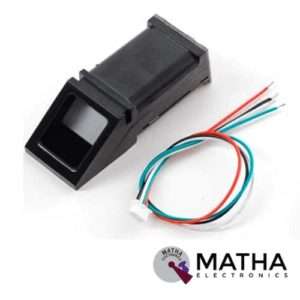


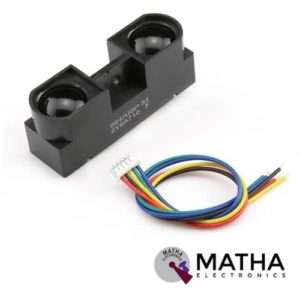
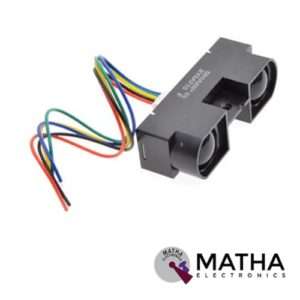


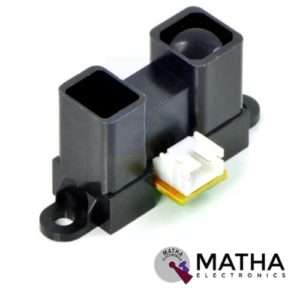
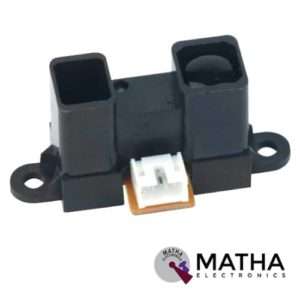







Reviews
There are no reviews yet.